Phonological and Phonemic Awareness Strategies & Activities for Struggling Readers
This post may contain affiliate links, and I will earn a commission if you purchase through these links. Please read the disclosure policy for more details.
In this post, I share my favorite phonological and phonemic awareness strategies and activities for struggling readers.
Phonological awareness is the first step in learning how to read and spell. Phonological awareness refers to the ability to hear and manipulate sounds (can be syllables, onset, rime, or phonemes), while phonemic awareness refers to the ability to recognize and manipulate the individual sounds (phonemes) that make up words.
So for example, whether a student can identify the beginning sound in a word, if a set of words rhymes, or break a word into syllables is highly dependent on their phonological awareness skills.
Most individuals naturally acquire phonological and phonemic awareness through exposure to print, games, songs, and interactions with others. But for students with language disabilities like dyslexia, they need explicit instruction in phonological and phonemic awareness.
Confused about phonological awareness and phonemic awareness? I once was too. Head over to this post for an ultimate guide, then come back here.
Keep reading for my favorite phonological and phonemic awareness strategies and activities.
SCIENCE OF READING QUICK START GUIDE
Grab your FREE guide with the 5 tools you need to get started with SOR!
*Most school spam filters block my emails, so please use a personal email.

Reading Intervention Activities for Phonological & Phonemic Awareness
Phonological and phonemic awareness activities are tasks where students must listen to and manipulate sounds. For younger learners who are not yet reading, these are performed completely orally without looking at any letters. For older students, you can do this orally and using letters, as they need to practice both ways.
The only difference between phonological and phonemic awareness activities is that phonological activities focus on hearing and manipulating syllables, onset, rime, and phonemes. In phonemic awareness activities, you simply work with phonemes. So phonological awareness tasks come before phonemic awareness tasks.
Below is a general guide to when you can work on specific phonological and phonemic awareness skills:
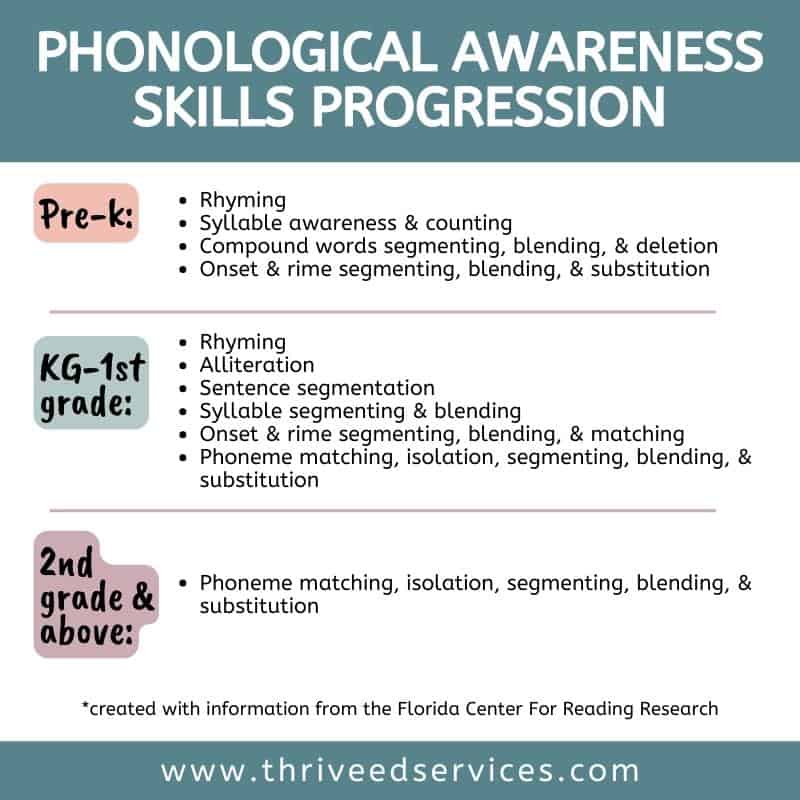
Phonemic Awareness Task Cards
If you want something ready made, that doesn’t involve any planning or prep, and that takes 5 minutes or less a day, then check out my Phonemic Awareness Task Cards.
These are printable cards with scripted oral activities that can be used with beginning readers or as an intervention with struggling readers.
These actually start off as phonological awareness activities, such as segmenting and blending syllables, counting words, and rhyming. The tasks progress to more advanced phonemic awareness activities, such as phoneme deletion and substitution.
Use A Sound Wall
If you have a word wall up, I strongly suggest you switch to a sound wall. Sound walls have lots of reading research to back them up for improving reading and spelling skills, and they make a lot more sense than word walls. They build on phonemic awareness because they focus on the phonemes. You cannot teach blending, segmenting, or other phonemic awareness skills without the foundational understanding of phonemes.
Check out my post all about implementing a sound wall.
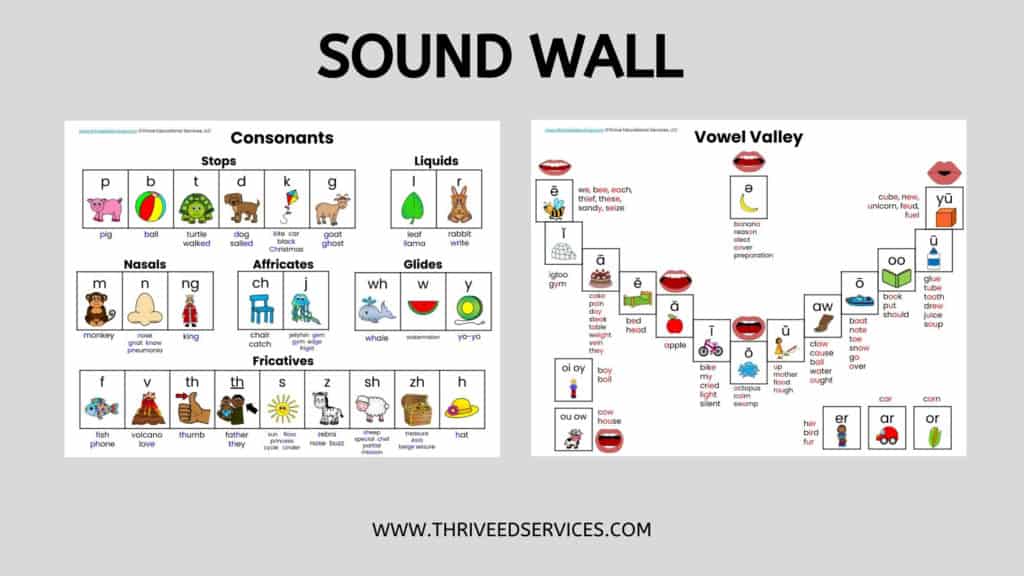
Rhyming words
So many of my students struggle with rhyming words because they focus on one letter in any part of the word and struggle to focus on the ending. I usually start to teach orally by segmenting 2 rhyming words and focusing on the rhyming pattern. I ask for more words that rhyme and we make a list.
Then we move on to visually finding rhyming patterns, using a highlighter to box in the rhyming pattern in two words. After the student has mastered this, then I give 1 word and ask for a rhyming word.
The rhyming game below is a favorite with my students. I print rhyming words on cardstock and have them play memory. When they find a match, they must write the words.
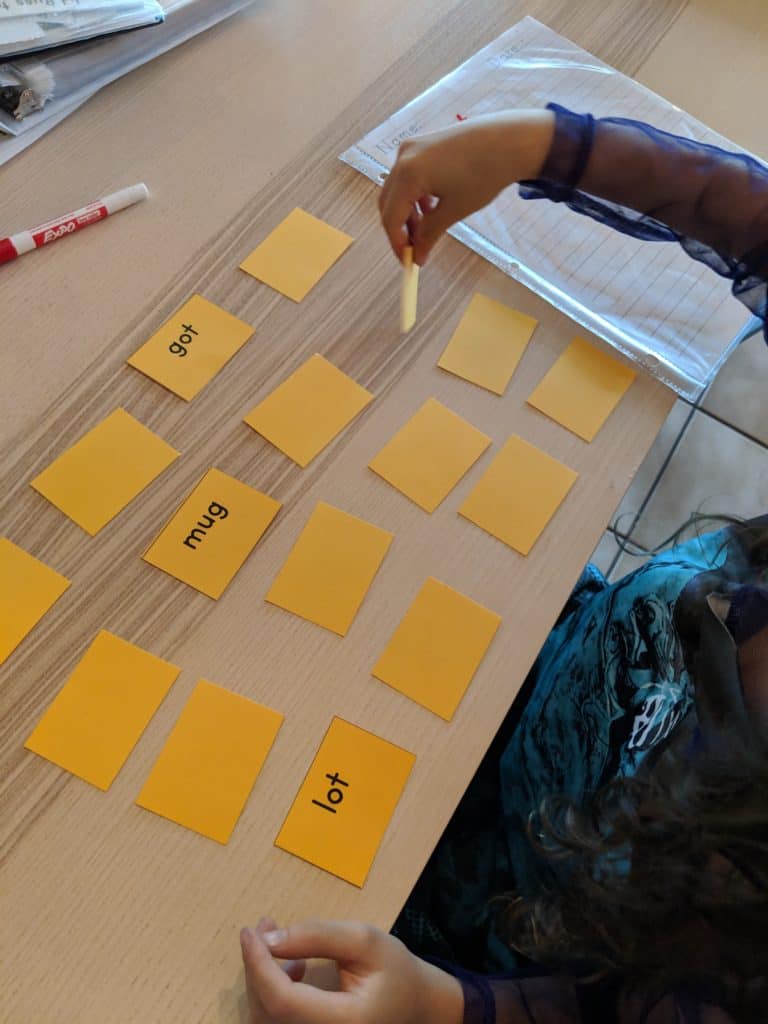
Onset and rime
Getting visual with onset and rimes is a great way for struggling readers to see the sound and begin to isolate it. I use Elkonin boxes, flashcards, cubes, or letter tiles.
Say a word aloud and have students segment the onset and rime. Use color cubes to represent the onset and rime to help students visualize the 2 parts of the word.
Move away from using visuals to performing this task mentally. Students should be able to listen to a word and identify the beginning sound without any visual aids.
When using flashcards with graphemes, you can create new words by moving the onset card to a different rime. You can do the same with the rime, by switching the onset.
Sentence Segmentation
This is probably not common but many students need it. How often do you notice students leave out a word or more when copying or reading?
Say a sentence aloud and have students put a finger up for every word they hear.
Dictation drills can help with this. Say a simple sentence one time. Have students listen and write the sentence.
You could also use cut up sentence strips to switch things up a bit.
Syllable Segmentation
In my experience, most people do not understand syllables. My students always do that thing where they clap or put their hand under their chin to count syllables and they always do it wrong. They don’t know what to count!
Explicit syllable instruction is so important but many students are not getting it. Make sure they know a syllable is a part of a word with a spoken vowel sound. We count the vowels we hear, not what we see. Then, we split the word according to a set of rules.
I focus on 1 rule at a time and spend a lot of time practicing. First, I work on words splitting them after marking vowels, consonants, and the pattern. I like to have students cut the word written on a flashcard to visualize the syllables. I also isolate the syllables and have them read them separately and put them back together.
Check out all my syllable posts here.
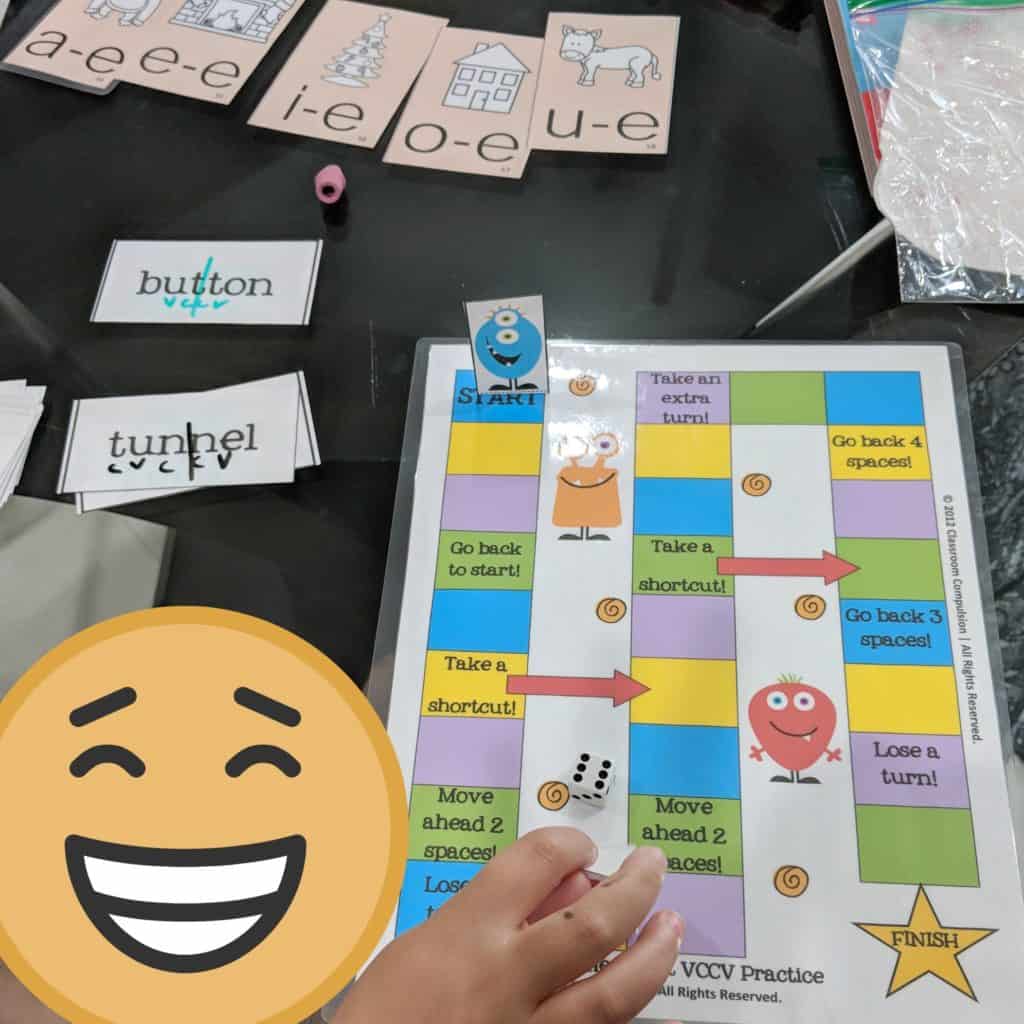
Phoneme Segmentation
This is easy to do with few supplies. I like to use Elknonin boxes to isolate each sound visually. {You can download my free template here.} Students can either write a letter in each, use chips or cubes to represent each sound, or use letter tiles or flashcards to segment the sounds in a word.
Another great strategy is tapping out the sounds. Students tap their fingers onto their arms for each syllable or sound they hear in the word. No supplies needed!
Read more: How To Teach Phoneme Segmentation
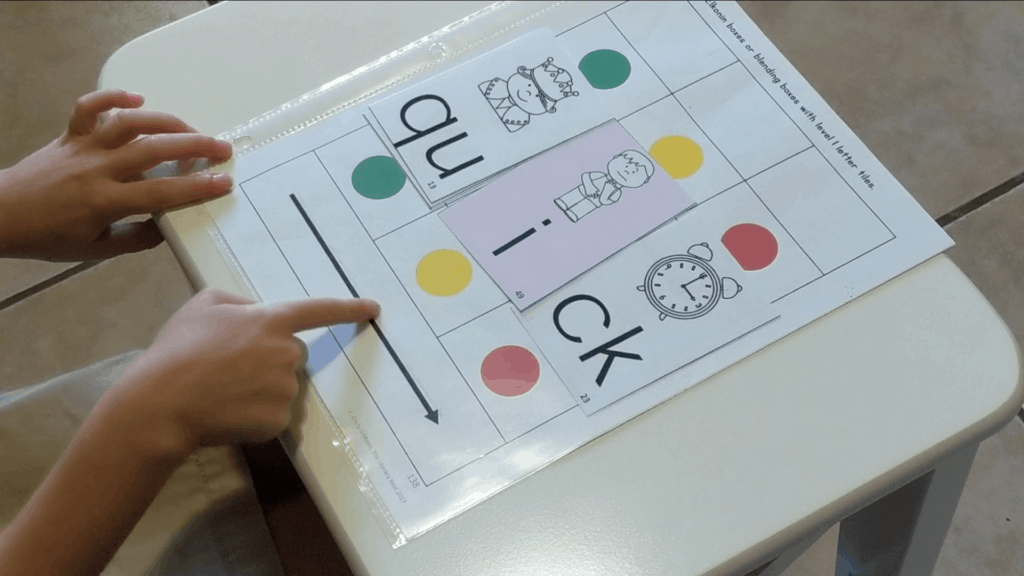
Blending
Blending is another area where many of my students struggle. You can work on blending syllables, onset and rime, or individual phonemes.
For younger students, you can say 2 parts of a word aloud and ask them to put them together. You can do this with syllables and phonemes as well.
I love using Elkonin boxes for blending because it provides a visual for them while they blend. This involves looking at the letters or a picture, while students use a manipulative for each sound and push them together as they blend the sounds. You can see below how I use it this way. {Download the template here}
From here I teach them a few strategies like finger sliding as they sound out a word, covering the onset or ending as they blend, and doing daily blending drills.
Blending drills are an important part of any Orton-Gillingham lesson. To do this you set up your phonogram cards in 3 or 4 piles using only sounds the student already knows. Then they blend as you remove cards from each pile.
Syllable, Onset, Rime, & Phoneme Deletion
Once they can identify the beginning sound or onset, you can delete the sound and they should be able to say the new word. You can start with visuals like cubes, letter tiles, and flashcards but the goal is for students to perform this task mentally.
Delete different syllables or sounds in a word, such as the beginning, middle, and final sound. You could also insert a new sound and see if they know the new word (substitution).
A typical exercise I do with my students is showing them a simple word like cat. I remove it after a few seconds and ask them to picture the word. Then I ask them what is the beginning sound, middle sound, and final sound. I say “take away the /c/ and what do you have?” Students should say “at”. Then I say ” add a /p/ to the beginning. What word do you have now?” This is phoneme substitution which is tricky at first, but model it and provide lots of practice.
Phonological and Phonemic Awareness Games
Phonological awareness games are a great multisensory way to get students to work on their phonological and phonemic awareness. Here are some of my favorite games:
- Use any board game and add flashcards. Choose a phonologicl awareness activity for students to complete on their turn. It can be segmenting a word, finding a word that rhymes, splitting a word into syllables, phoneme deletion, or blending nonsense words. To complete their turn, students must do the activity after moving their pawn.
- Use pictures of common items to ask for the name of the picture and the beginning sound.
- Play a memory game using a set of words that rhyme printed on cardstock.
- Challenge students to make 10 new words using syllables flash cards.
- Challenge students make 10 nonsense words using flashcards of the letter sounds they know.
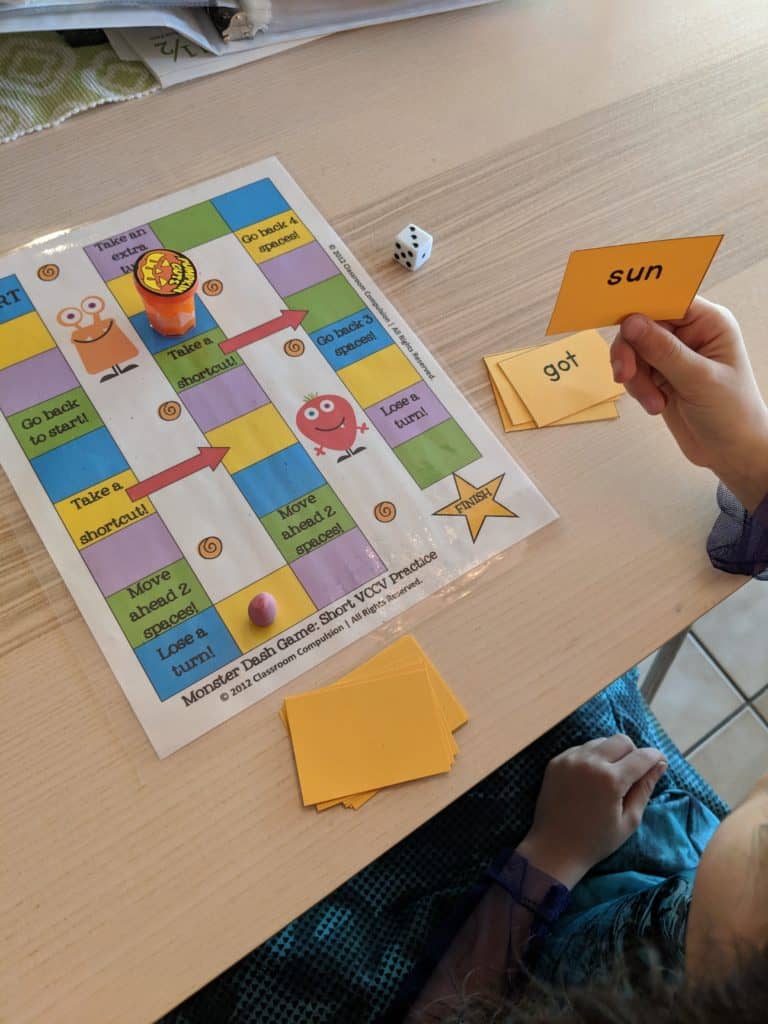
Check out my Phonemic Awareness Task Cards to help you get those phonemic awareness activities in – in just 5 minutes a day and without any prep!
If you’re looking for more tips on teaching struggling readers, check out these other posts:
- Why You Should Switch To A Sound Wall
- Multisensory Spelling Strategy
- Reading Strategies for Struggling Readers – Elkonin Boxes
- Multisensory Strategies for B & D Reversals
- Systematic Synthetic Phonics for Struggling Readers
- How to Implement Multisensory Learning
Join my list and get access to my vault of freebies, plus weekly emails with tips, new posts, and promotions!
*Most school spam filters block my emails, so please use a personal email.

Want to remember this? Save Phonological and Phonemic Awareness Strategies & Activities to your favorite Pinterest board!
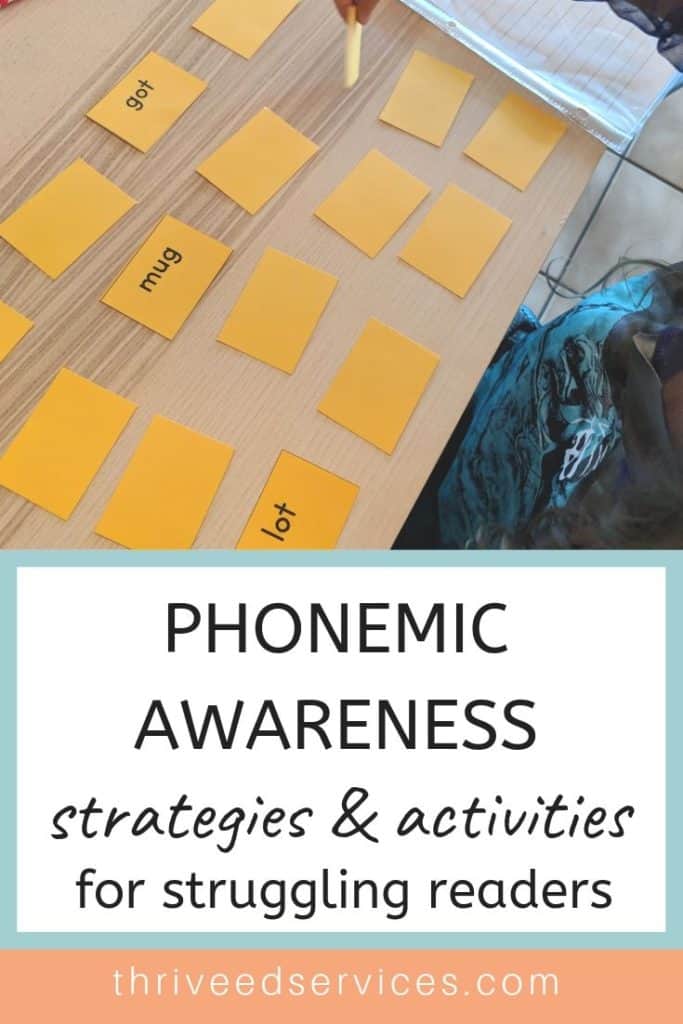

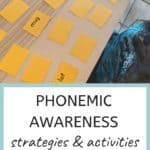
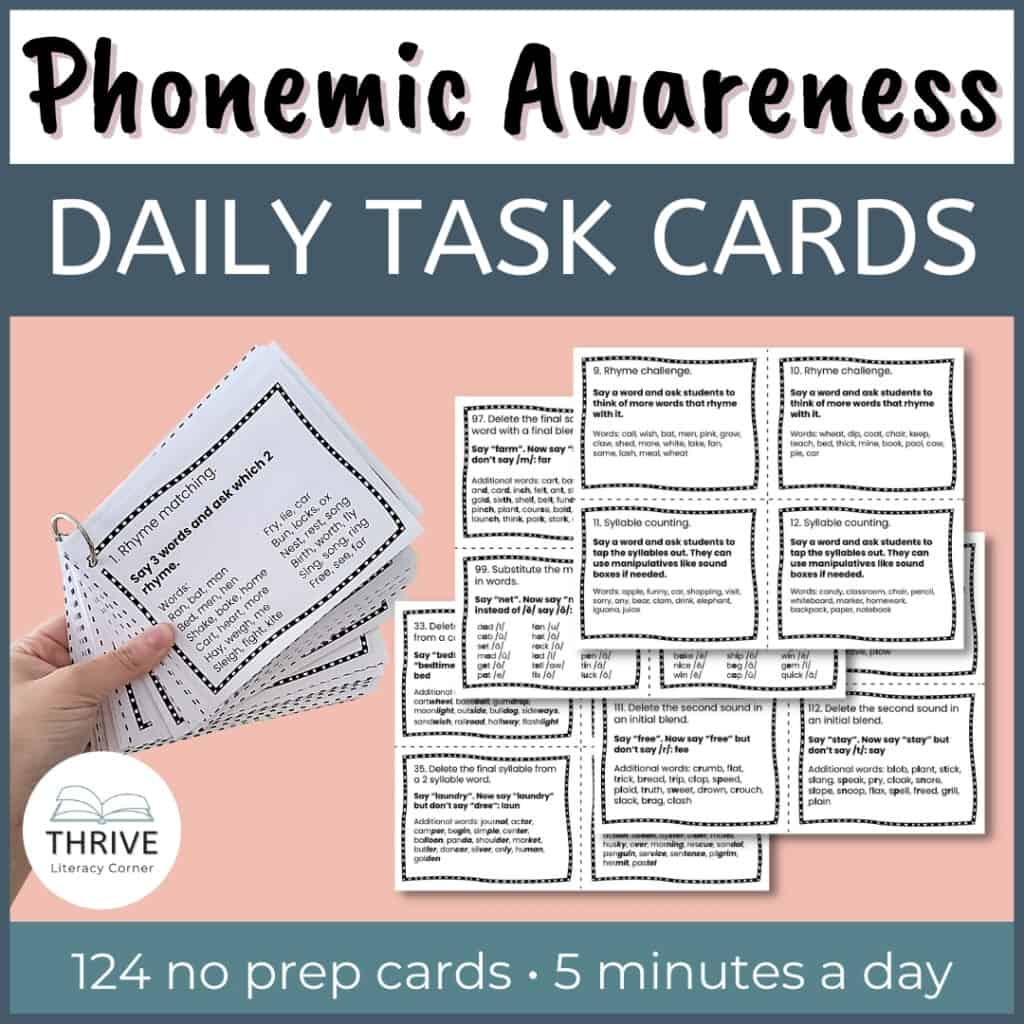
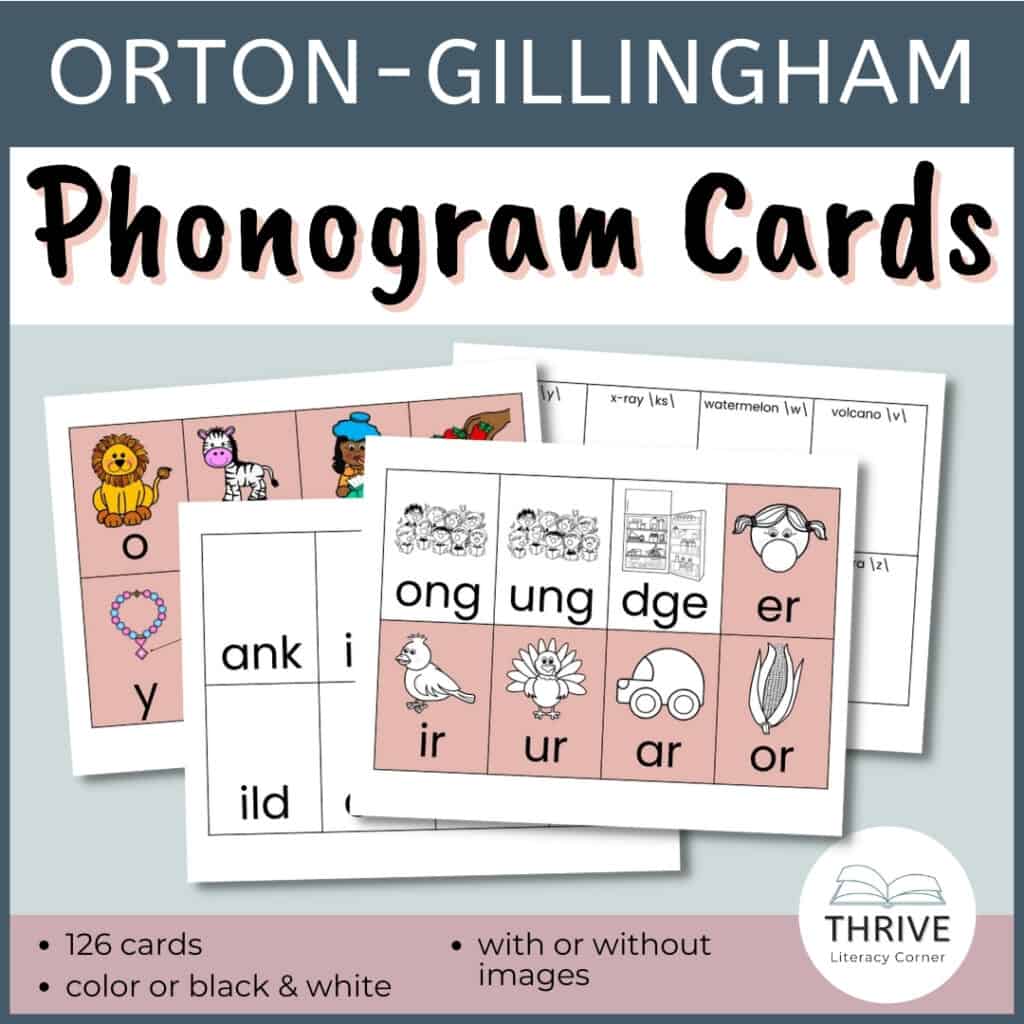
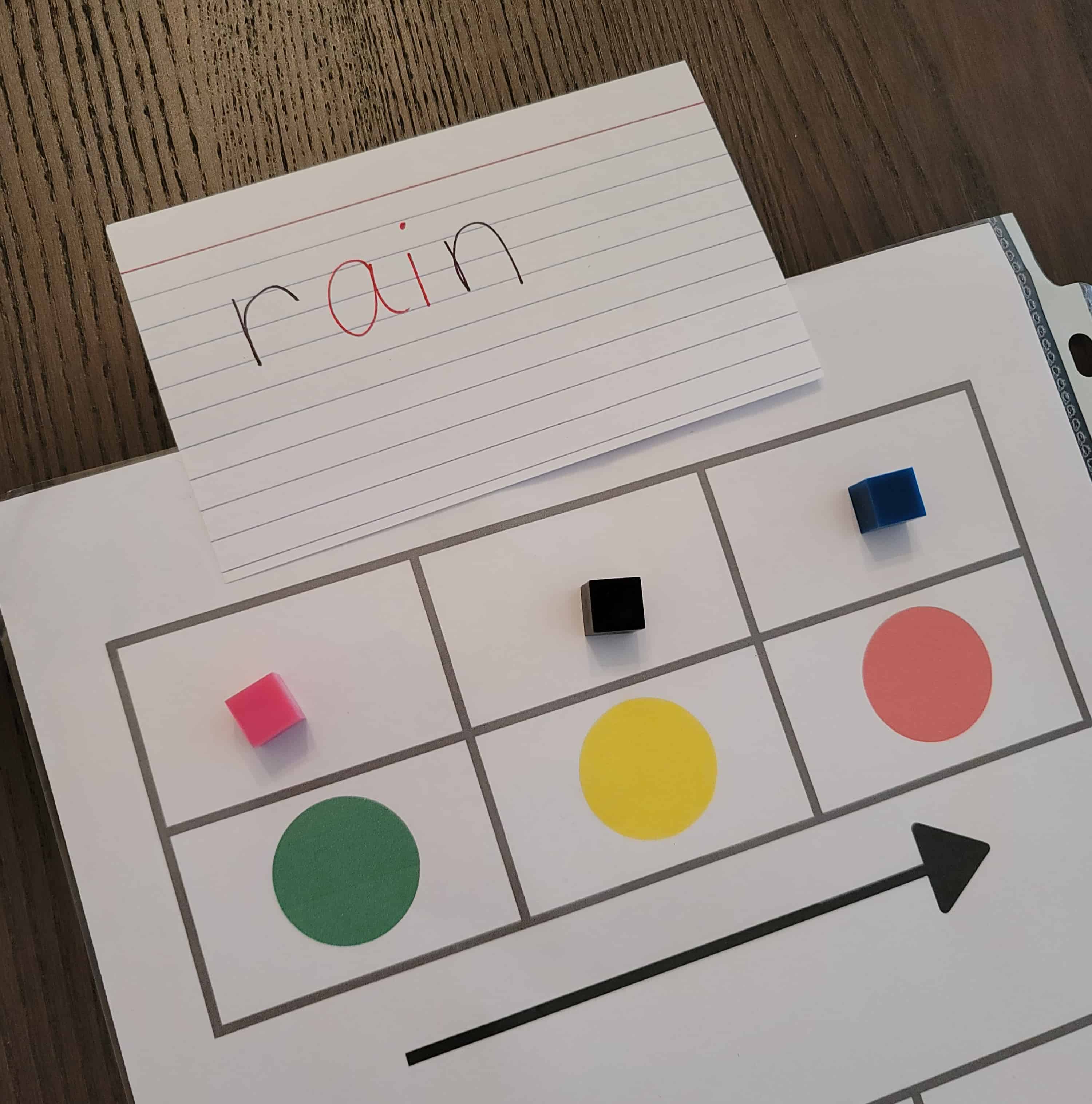
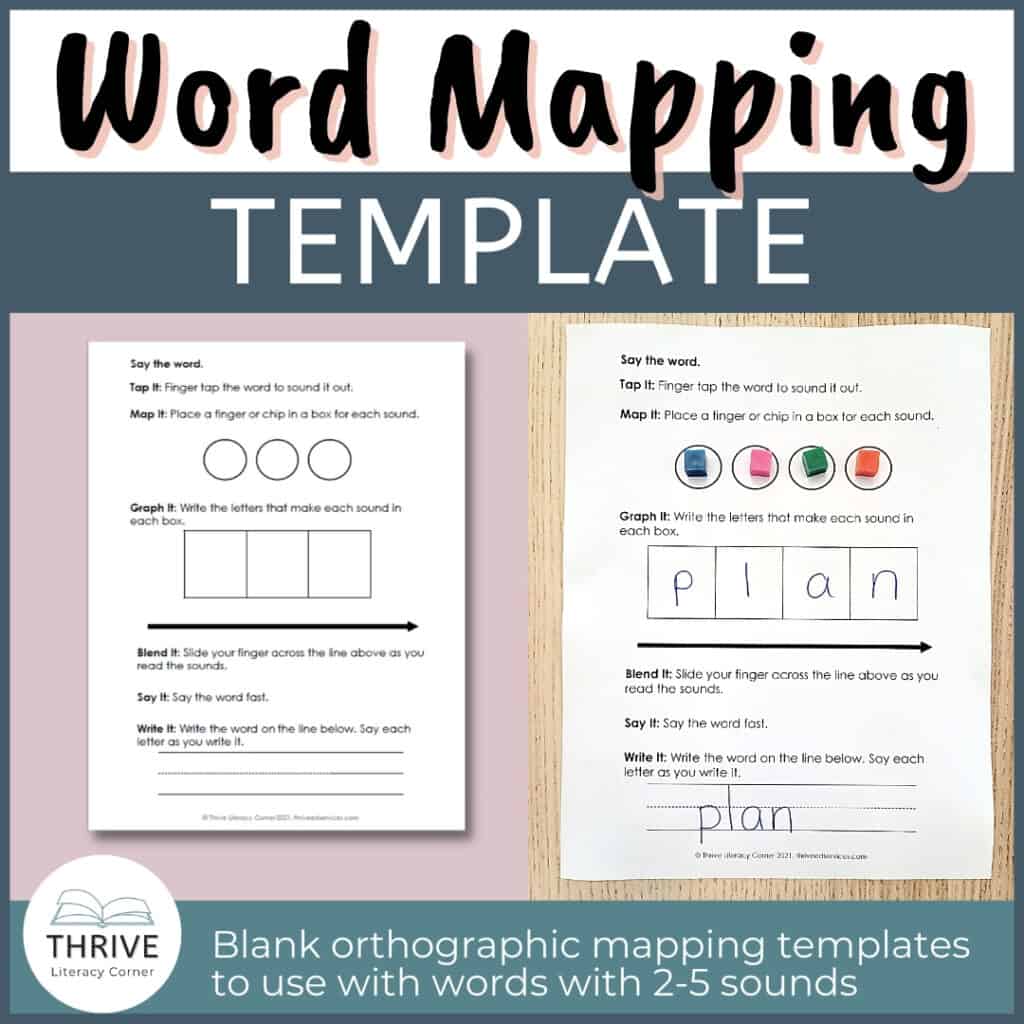
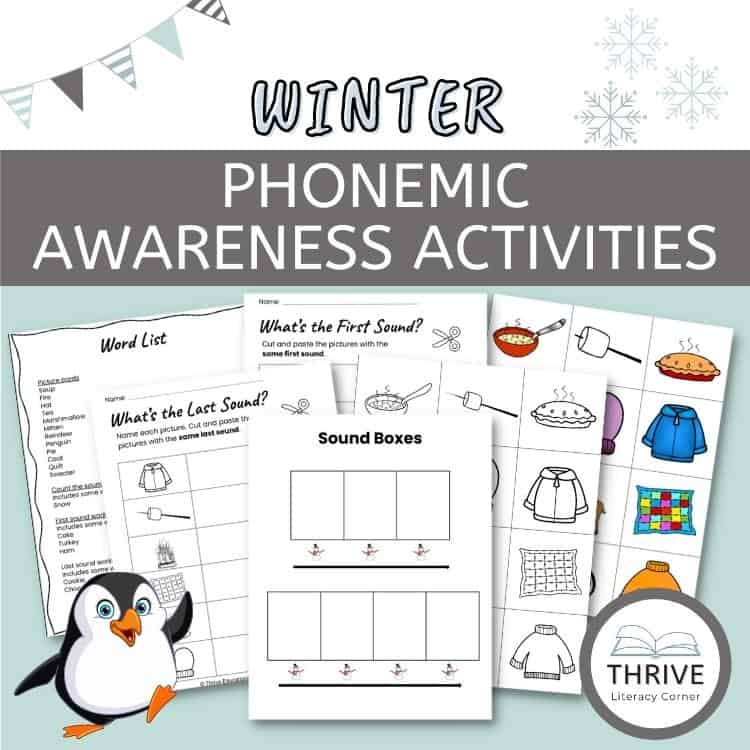
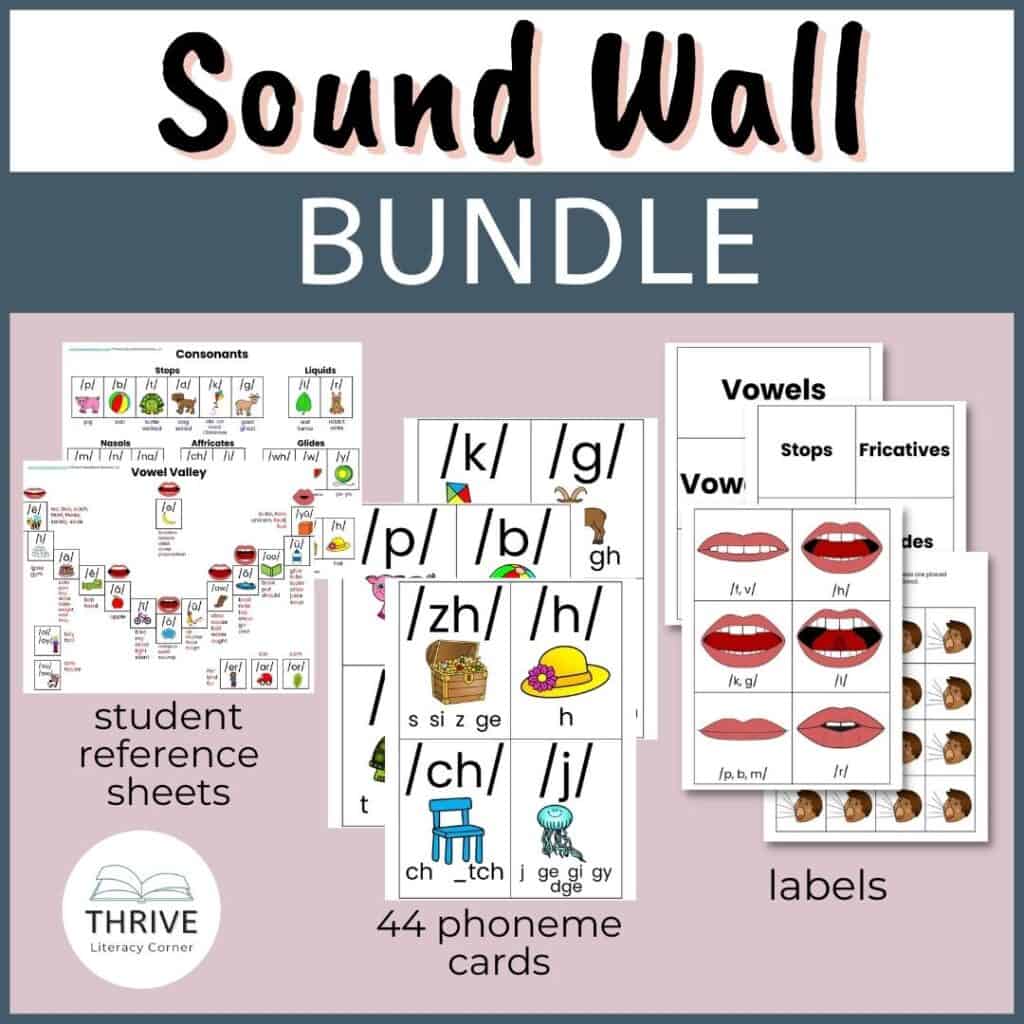
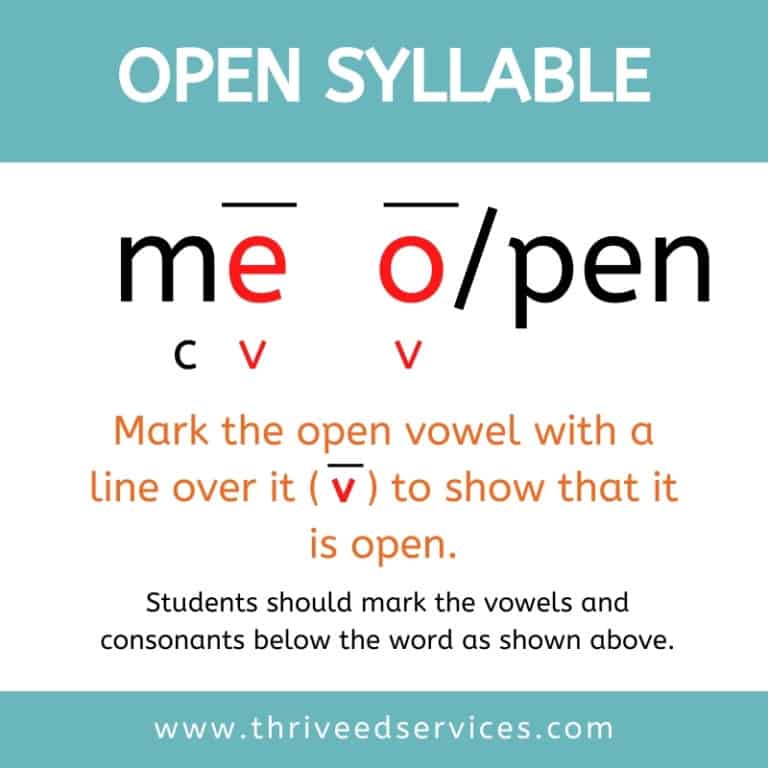
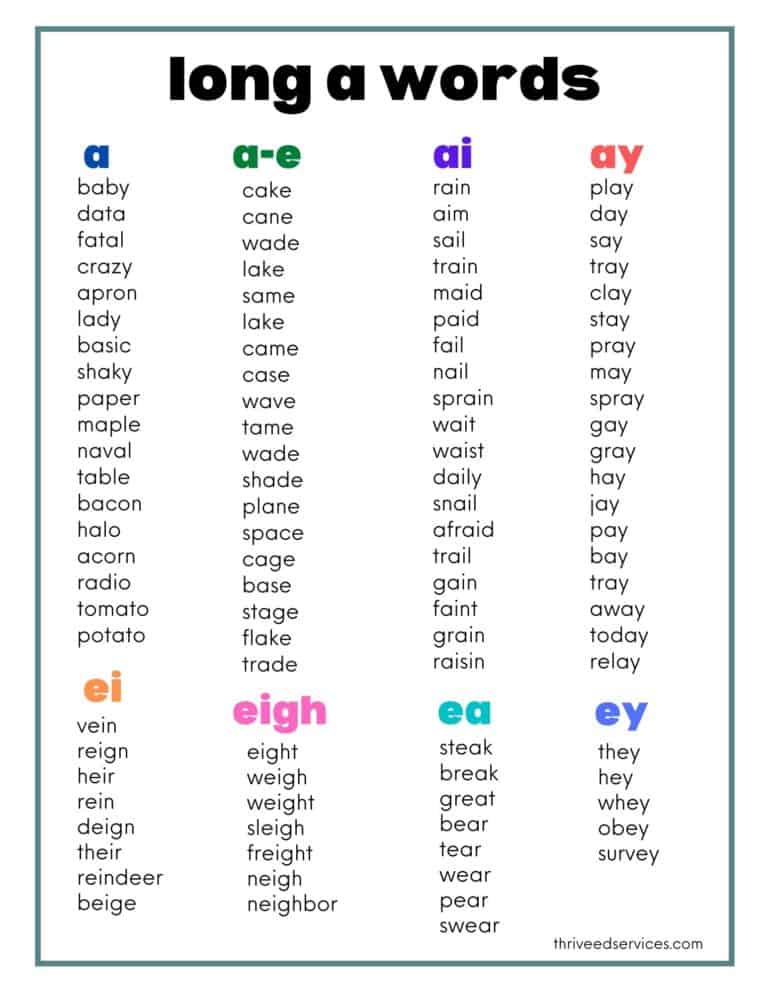
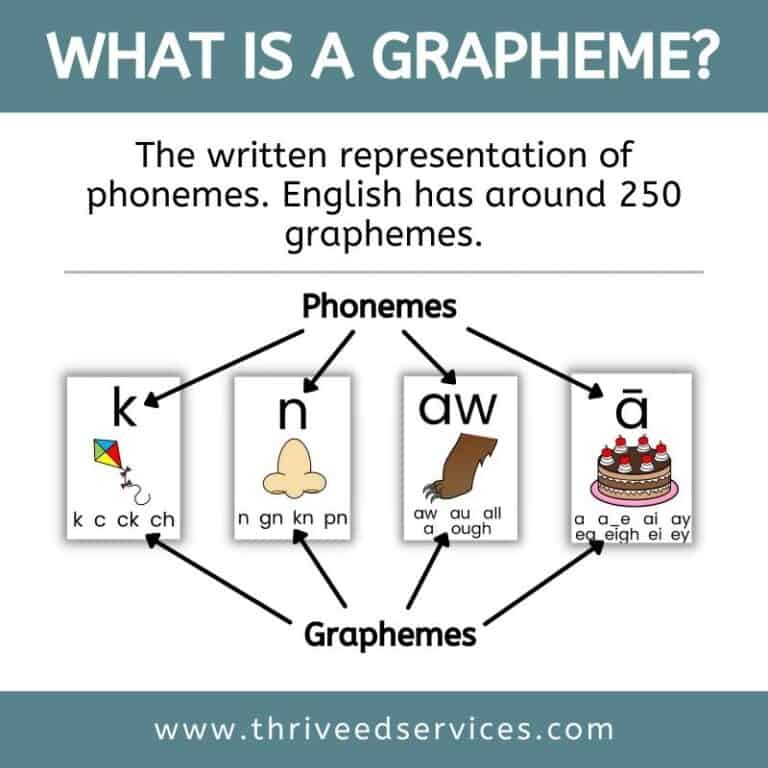
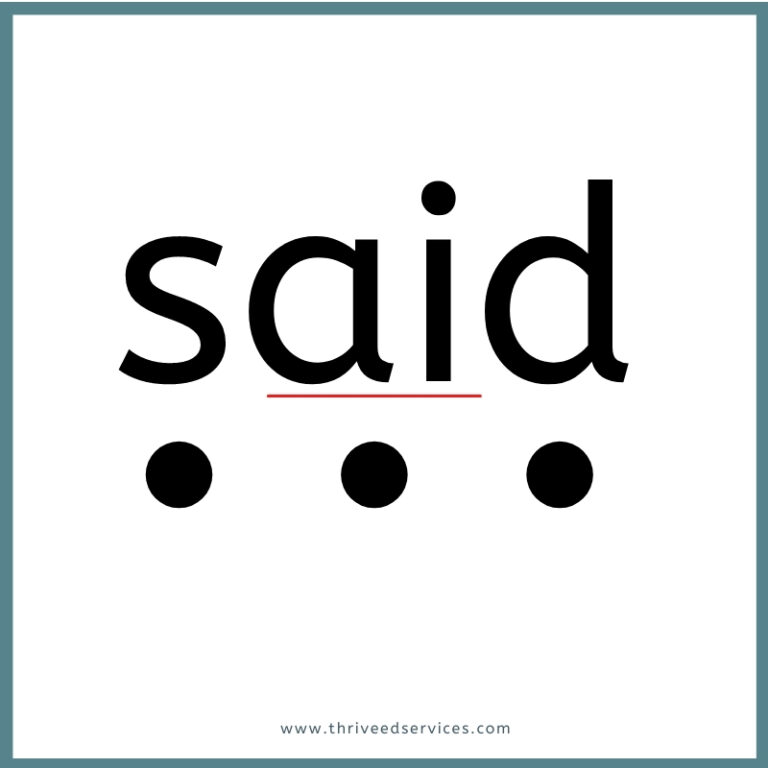
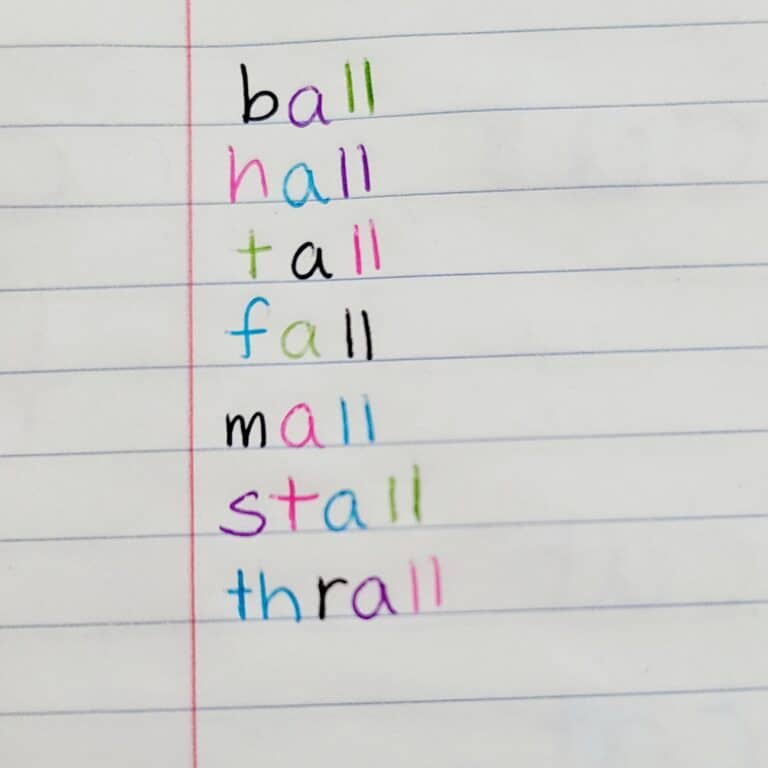
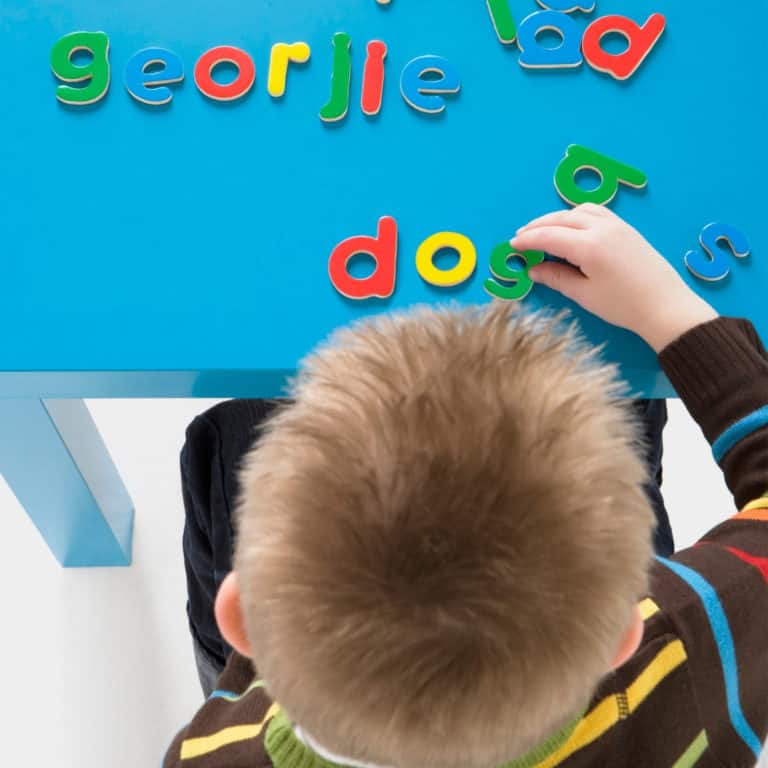
Where can I find the short u sound sheets that are pictured in the multi sensory article? It is pictured with an umbrella at the top of the sheet. Thanks, I am trying to help my son to improve his reading.
Thanks
Cheryl
Hi Cheryl. Sorry I am replying weeks after your comment. I purchased those sheets from The Literacy Nest. She has tons of great resources.
Hello, please, can anyone help me with any novel method of teaching consonant sounds as well as the instructional materials to be used.
Hi Doris. There are so many programs out here you can use. Is this for classroom use or homeschool?